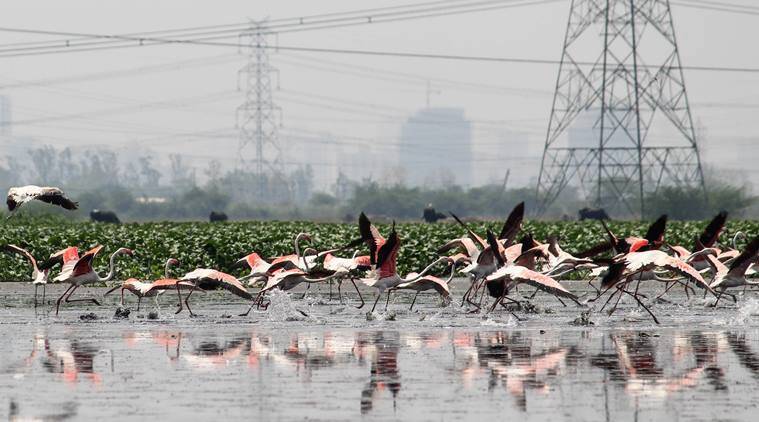News Highlights
The Supreme Court directed that every protected forest, national park and wildlife sanctuary across the country should have a mandatory Eco Sensitive Zones (ESZ) of a minimum one km starting from their demarcated boundaries.
Focus Points
- The ESZ shall also be devoid of any permanent structures, according to the Court. Mining is not permitted within a national wildlife sanctuary or a national park.
- The decision is based on the case of TN Godavarman Thirumalpad.
- Each state’s Chief Conservator of Forests has been tasked with compiling a list of existing structures in the ESZs and submitting a report to the court within 3 months.
History of Eco Sensitive Zone Issue
- The present set of applications arose out of a report of the Central Empowered Committee (CEC which was constituted by the Court in 2002) dated 20th November 2003 which was based on Jamua Ramgarh Sanctuary
- 2006 – Goa Foundation v. Union of India case on Eco Sensitive Zones
- 2011 – Guideline by Ministry of Environment , Forest and Climate Change to declare Eco Sensitive Zones
- Recommendation of Second Report ( 2012) – The recommendations made in the second report went beyond the Jamua Ramgarh Sanctuary and dealt with creation of identification and declaration of safety zones around protected forests all across the country.
What is an Eco Sensitive Zone ?
- Eco-Sensitive Zones are areas within 10 kilometres of Protected Areas, National Parks, and Wildlife Sanctuaries.
- Even areas larger than 10 km in width might be included in the eco-sensitive zone if they have sensitive corridors, connectedness, and ecologically important patches that are important for landscape linkage.
- Legislature Backing – Environment Protection Act 1986 provide legal backing to Eco Sensitive Zone
- Aim – The main goal is to control some activities in the vicinity of National Parks and Wildlife Sanctuaries in order to reduce the harmful effects of such activities on the fragile environment that surrounds the protected areas.

Classification of Activities Allowed under the Eco Sensitive Zone
- Activities Prohibited
- Commercial mining, saw mills, polluting industries (air, water, soil, noise, etc. ), major hydroelectric projects (HEP), commercial use of wood, tourism activities such as hot-air balloon rides over the National Park, discharge of effluents or any solid waste, or production of hazardous substances are all prohibited.
- Activities Regulated
- Tree cutting, construction of hotels and resorts, commercial use of natural water, erection of electricity cables, major changes in agriculture, such as the use of heavy machinery, pesticides, and road widening
- Activities Permitted
- Sustainable agricultural or horticultural techniques, rainwater gathering, organic farming, the use of renewable energy sources, and the application of green technology in all aspects of life.
Importance of Eco Sensitive Zones
- The impact of urbanisation and other developmental activities would be reduced in areas designated as Eco-Sensitive Zones.
- The core and buffer management model is used to manage the protected areas, which also protects and benefits local residents.
- Protected areas, wildlife sanctuaries, and national parks all have eco-sensitive zones that act as a ‘Shock Absorber.’
- In-situ conservation, or the preservation of an endangered species in its natural habitat, is aided by ESZs.
- Forest depletion and human-animal conflict are reduced in Eco-Sensitive Zones.
Pic Courtesy: The New India Express
Content Source: The Hindu



